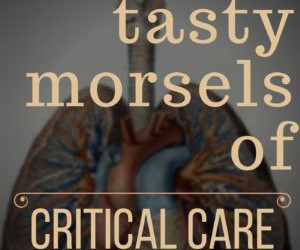emDOCs Podcast – Episode 103: Thermal Burn Injury
EMDocs
JUNE 25, 2024
Fluid resuscitation target and fluid Fluid resuscitation is one of the most important parts of management; goal is to increase intravascular volume and ensure end organ perfusion. Calculating fluid resuscitation: Parkland formula: 4 mL X % TBSA X weight in kilograms. 2002 Mar;68(3):240-3; discussion 243-4.











Let's personalize your content